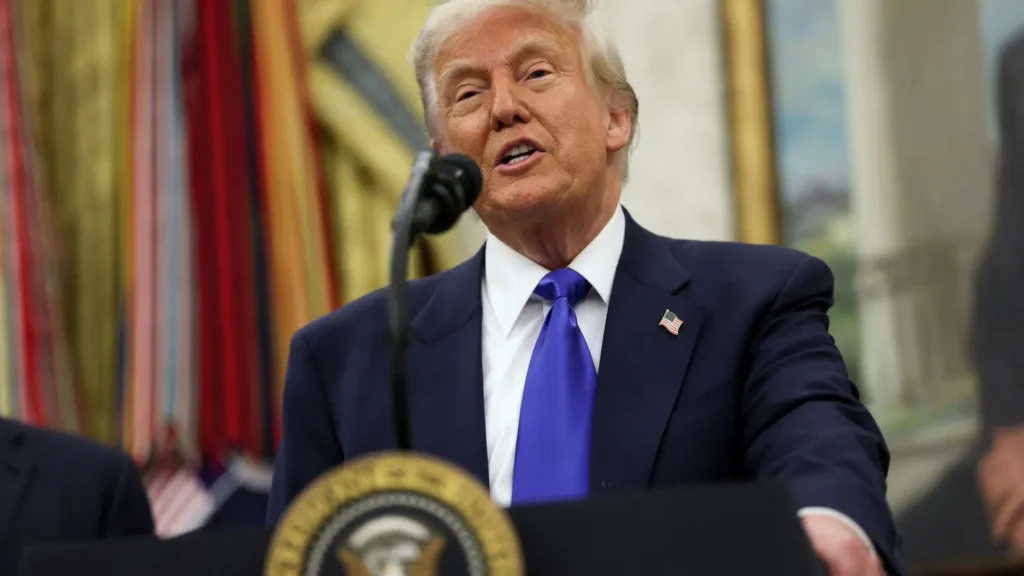I. Escalating Tensions Between Europe’s Left and Right
Historically, ideological clashes between the left and right in Europe and the U.S. have intensified over time. But in recent months, a new shift has emerged:
Le Pen’s Conviction: A Political Blow
On March 31, a Paris court found Marine Le Pen, leader of France’s right-wing National Rally, guilty of misusing EU funds. She was sentenced to a four-year term (two suspended, two under electronic monitoring), fined €100,000, and barred from public office for five years—effectively blocking her 2027 presidential bid.

Elon Musk reacted sharply: “When the far left can’t win democratically, they weaponize the judiciary to jail opponents. It’s a global playbook.” He’s not wrong—historically, the right has employed similar tactics, sometimes even resorting to violence.
The ruling resonated with Donald Trump, who remarked: “This is serious. Many thought she’d walk free, but she’s banned for five years despite leading the polls. Sounds familiar.” The political targeting was unmistakable.
Germany’s AfD Under Watch
On May 2, Germany’s domestic intelligence agency (BfV) labeled the Alternative for Germany (AfD) as a far-right threat, citing anti-immigrant rhetoric and “undermining democracy” in a 1,100-page report. While the party won’t be banned, surveillance and funding probes will follow.
AfD leaders Alice Weidel and Tino Chrupalla called the move “politically motivated” and a “strike against democracy.” U.S. Senator Marco Rubio echoed: “Germany now spies on its opposition. This isn’t democracy—it’s tyranny disguised. The real extremism is the establishment’s open-border policies.” Vice President J.D. Vance added: “The AfD is Germany’s most popular party. Today, bureaucrats are trying to destroy it. The Berlin Wall is back—built by Germany’s elites.”
II. The Right’s Rise: An Inevitable Economic Law
Why has the right surged in the West? The answer lies in economics:
When capital’s marginal returns rise: Living standards improve → social tensions ease → left-wing policies thrive.
When returns decline: Stagnation fuels discontent → right-wing populism rises.
Figure 1 tracks U.S. and Western Europe’s declining capital productivity since the 1970s.

The pattern is clear:
1920s–1930s: Low returns, economic crises → extreme-right regimes (Nazi Germany, Fascist Italy). The U.S. narrowly avoided this path under FDR.
Post-WWII: High returns → left-wing dominance.
1970s onward: Declining returns → neoliberalism, Trumpism, and today’s hard-right shift.
Trump’s 2025 comeback, backed by far-right allies, signals a de facto nativist turn—mirrored in Europe. This isn’t coincidence; it’s economic gravity. As Rousseau might say: “Man is born free, yet everywhere he is in chains to economic laws.”
China’s ascent has further accelerated this trend.
III. The ideological struggle is a life-and-death one.
Europe’s left and right now view each other as existential threats. The AfD’s surveillance and Le Pen’s conviction are just the opening salvos. If history is any guide—think Weimar Germany’s collapse—this could spiral into violence.
The last time ideological strife grew this acute, it produced Hitler and global war. Could today’s fractures birth similar demons?

